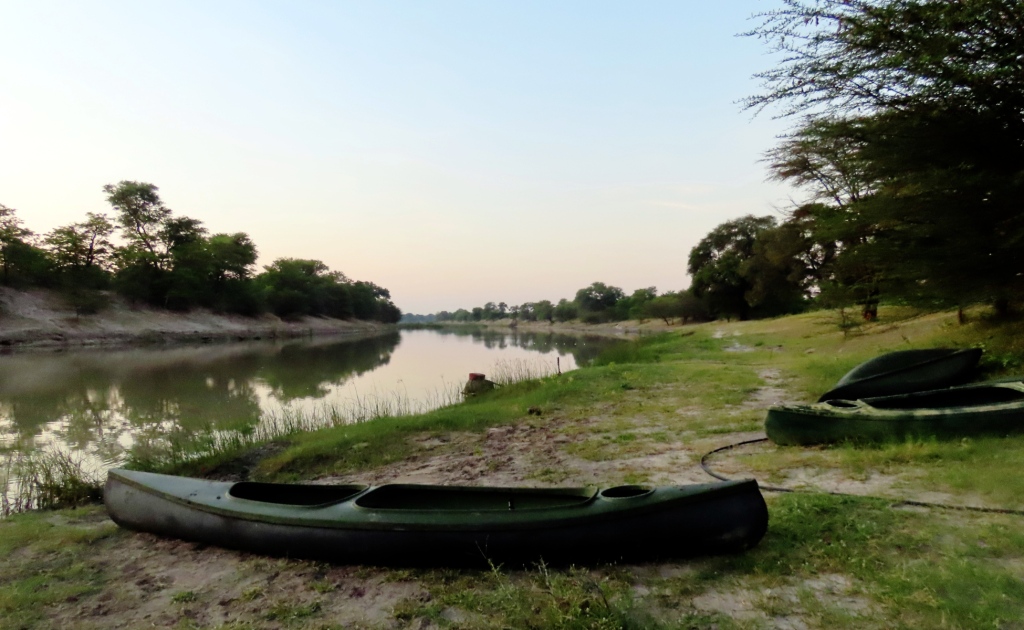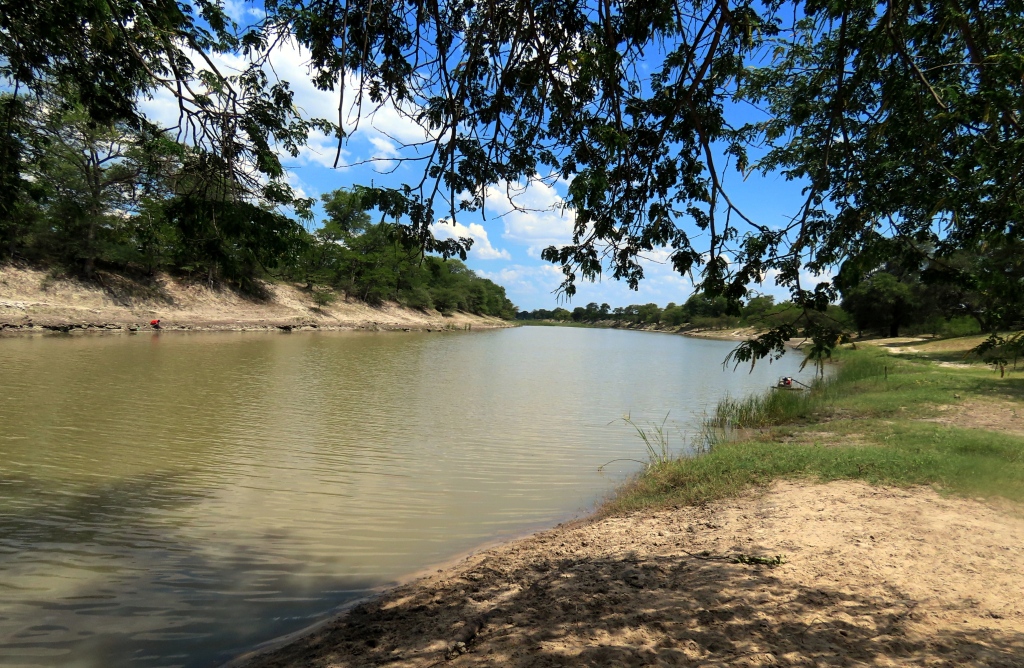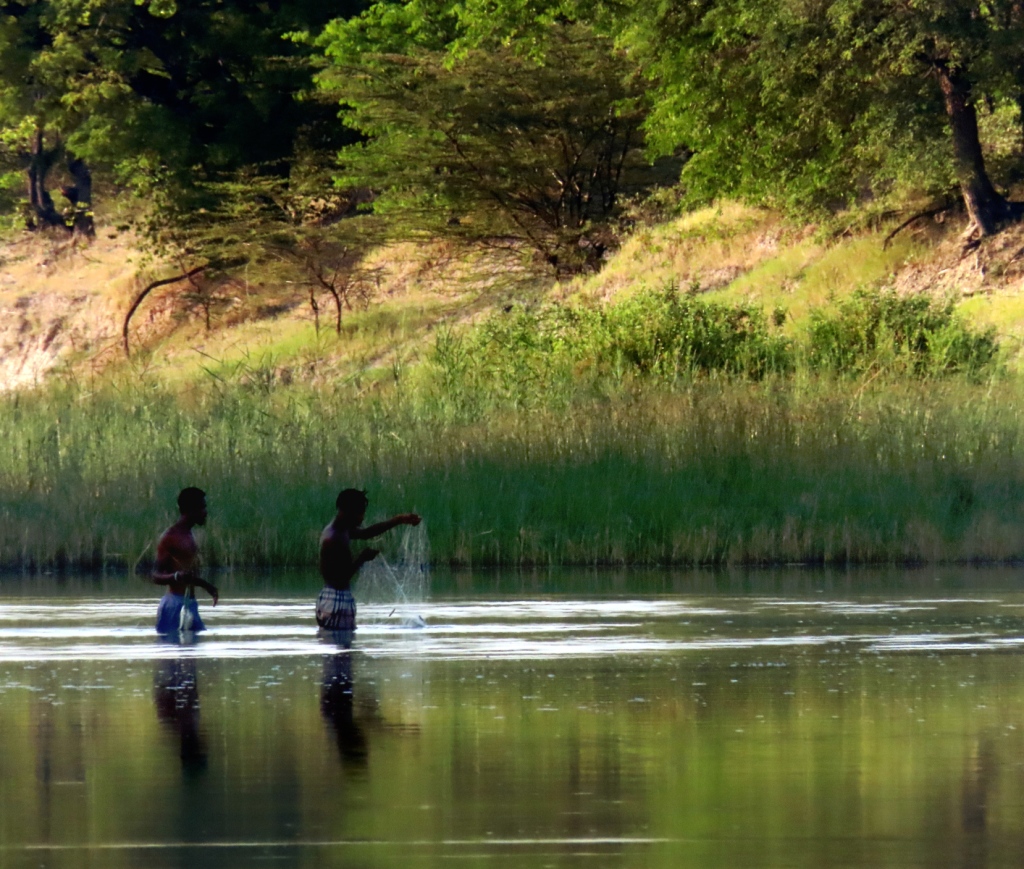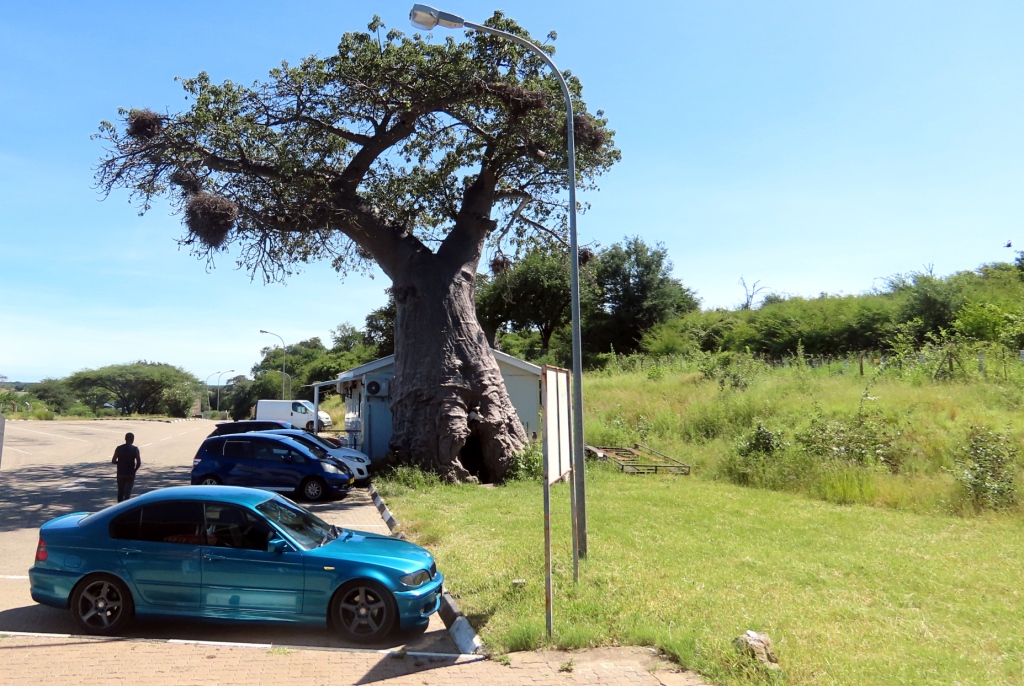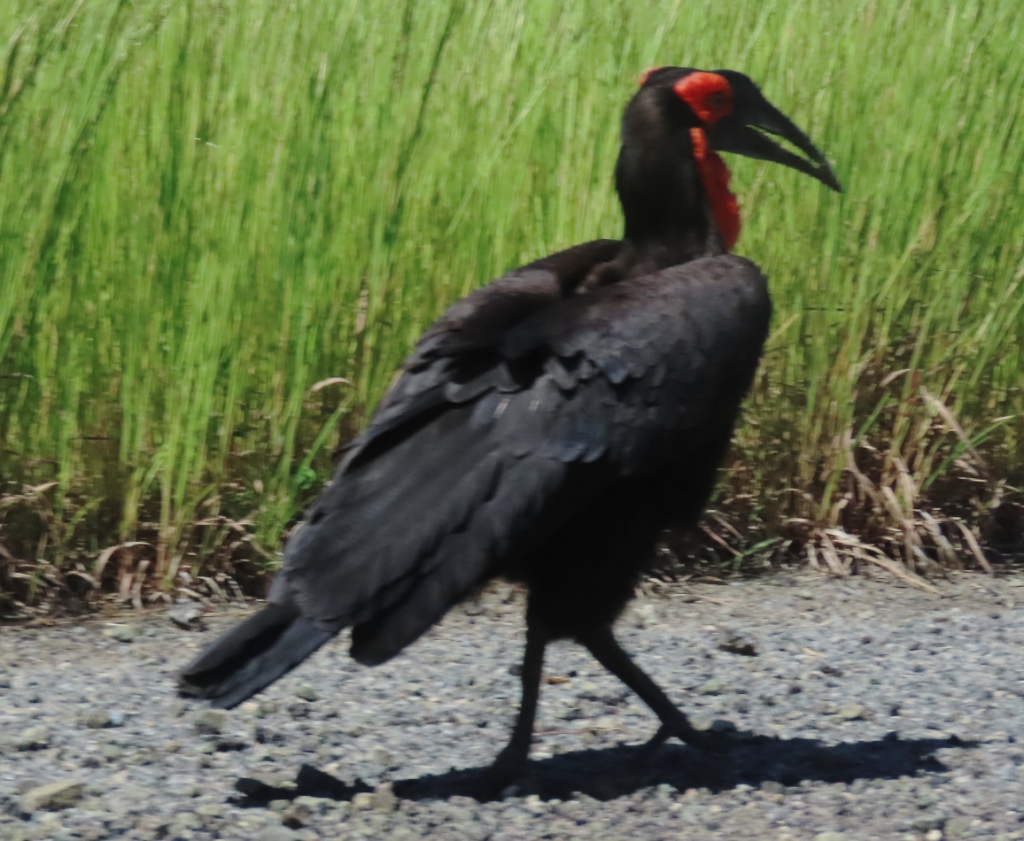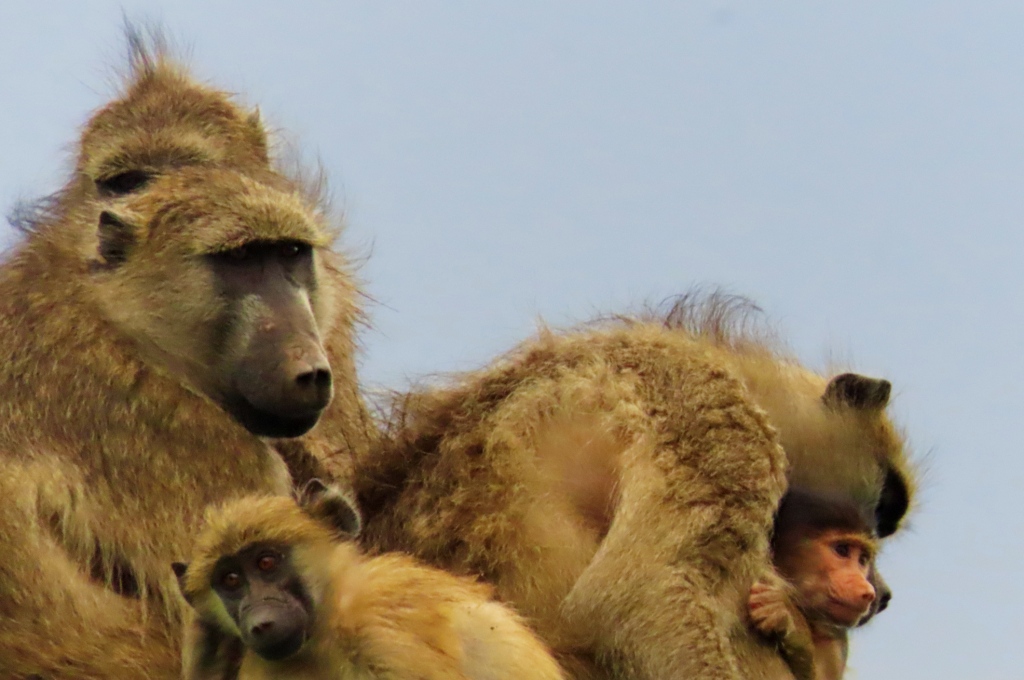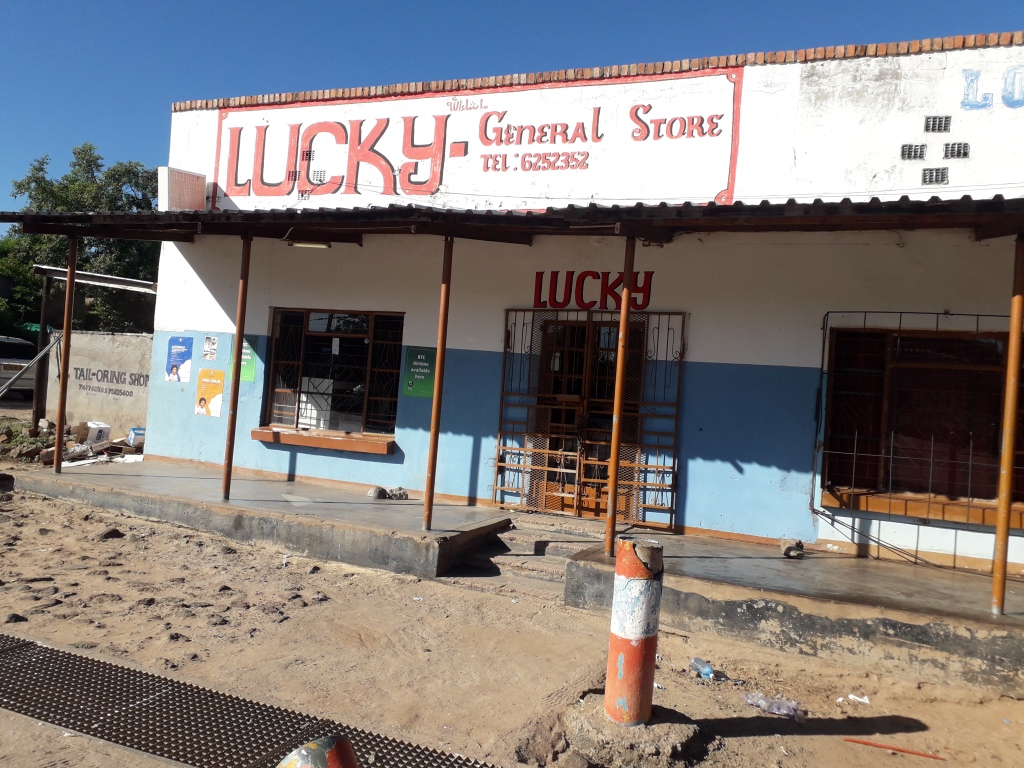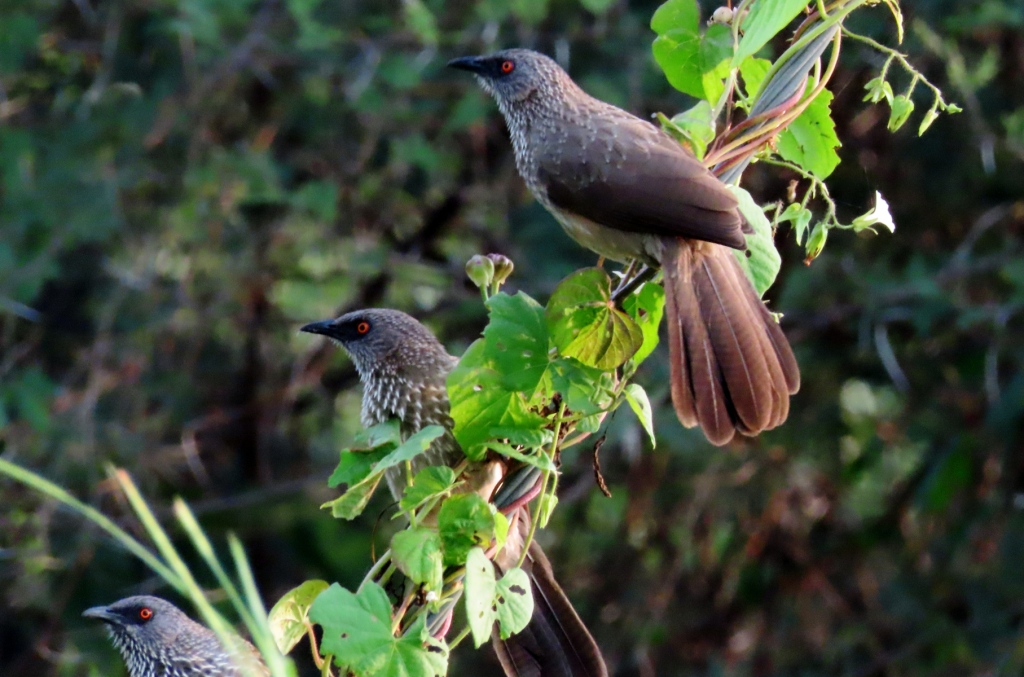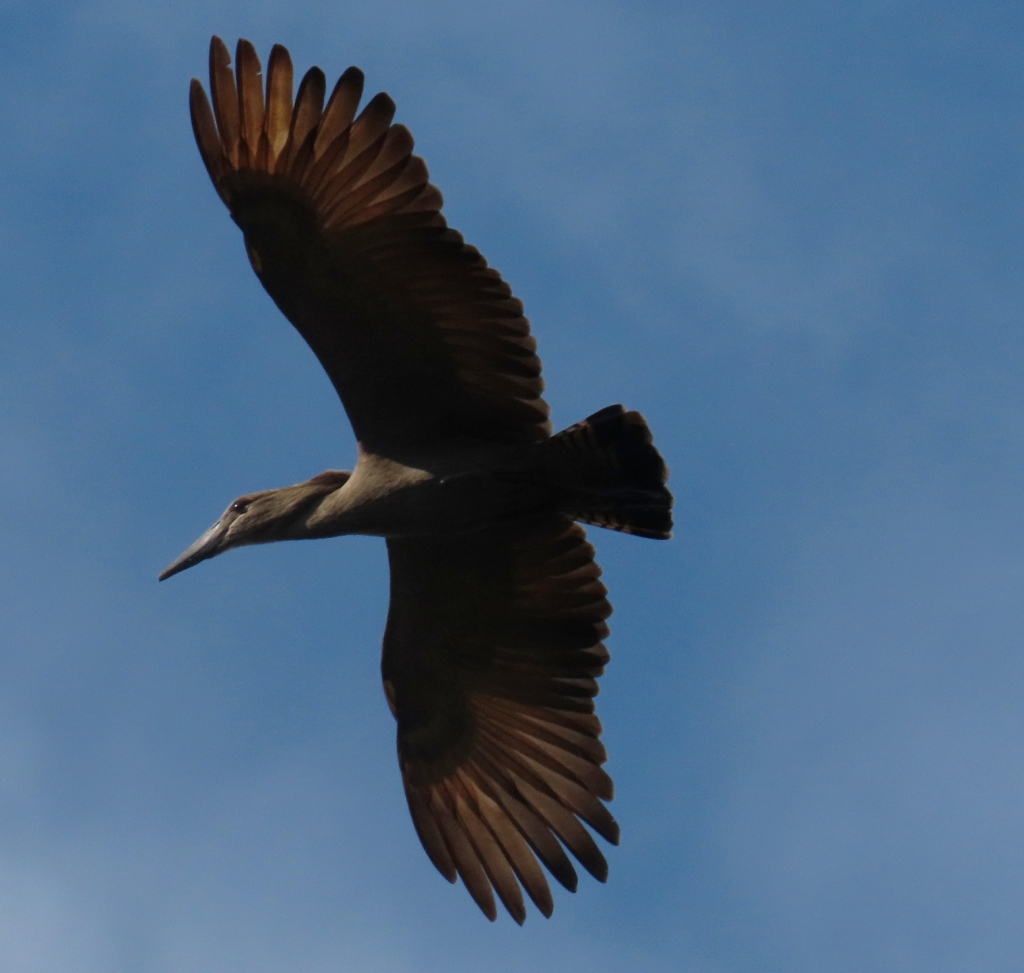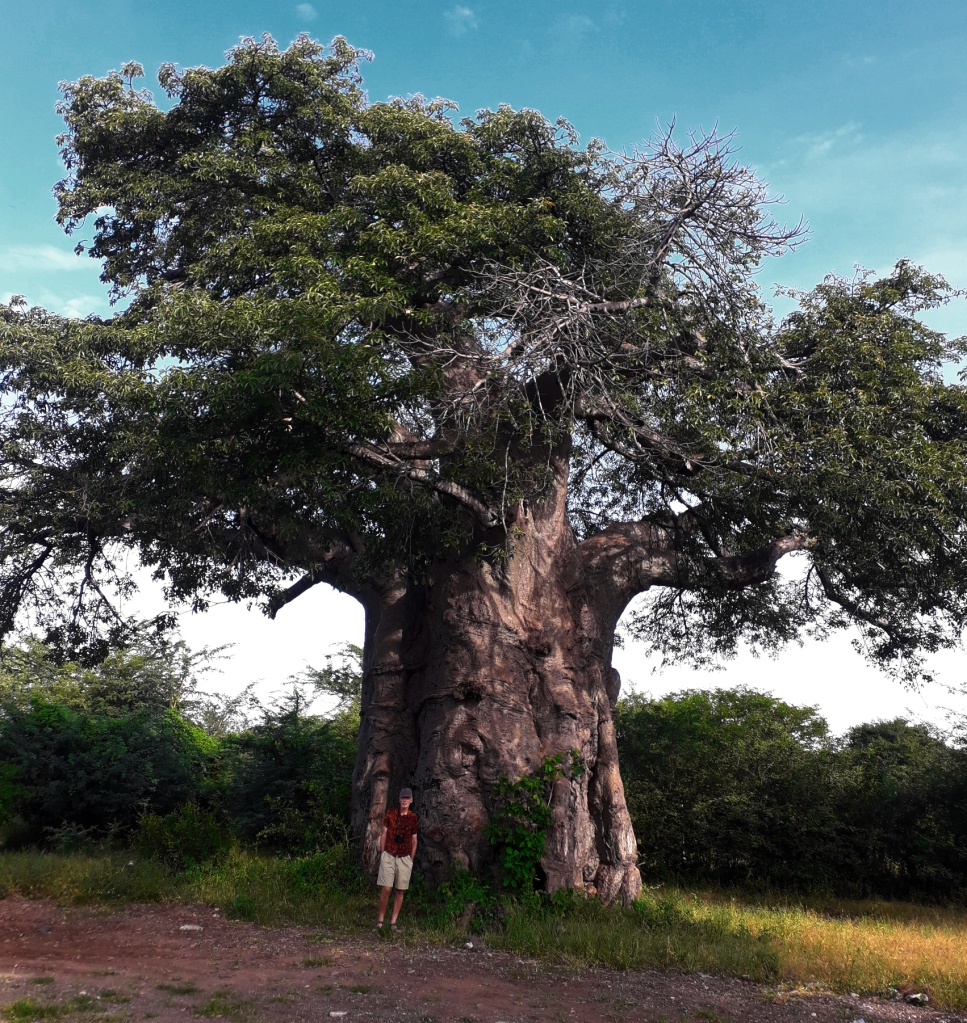Traveling on to Francistown was a tricky proposition since we did not have our own vehicle. First we had to walk down to the intersection that passes for downtown Nata. And then we had to find a van heading south, waiting for quite a while in the van until we have a full compliment of passengers, something we call “achieving valence”. This should make sense if you took chemistry in school. This time we had to wait quite a while for the final two or three “electrons”!
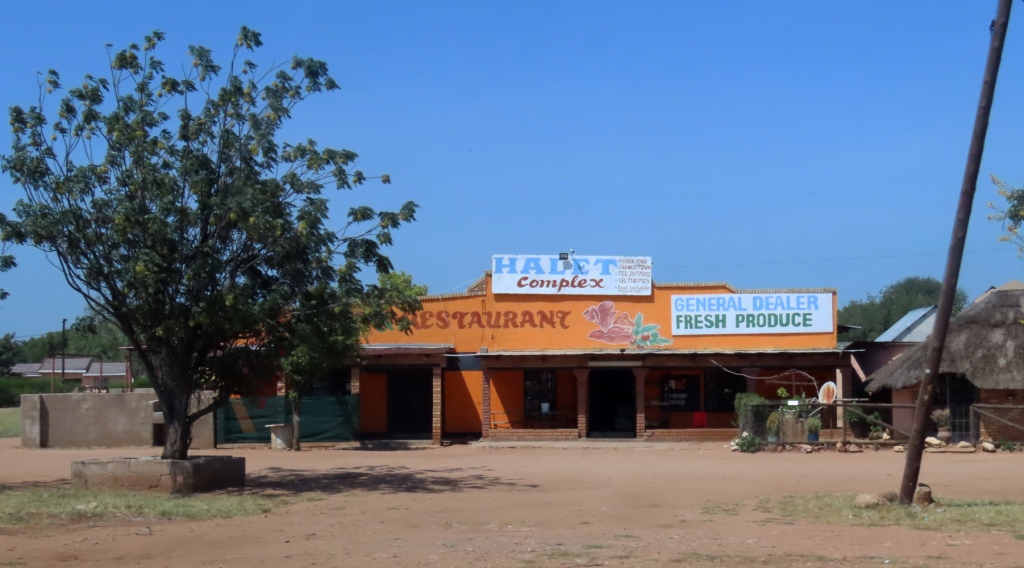
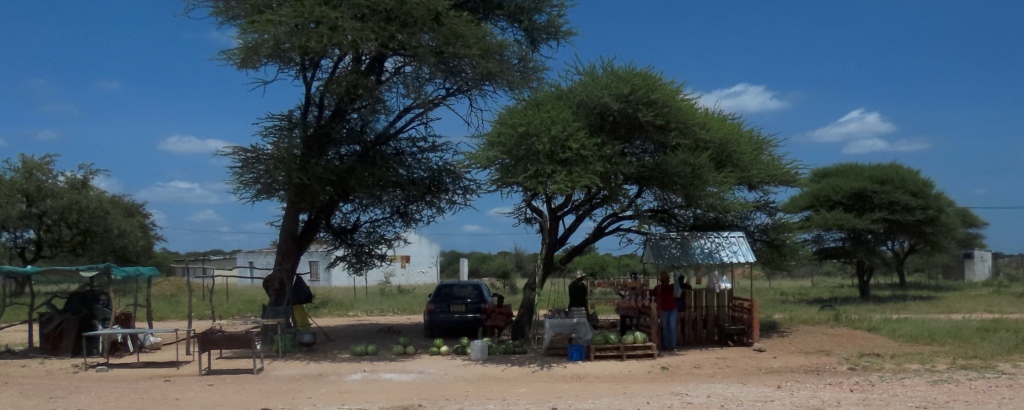
Francistown was a bit of a disappointment, for me at least. If I may borrow and misuse Gertrud Stein’s comment on Oakland, California, I felt “there is no there there“. I mean the town has some history but they have managed to effectively obliterate most of it, covering it with malls and shabby-looking supermarkets. The most interesting place was the open air market right up against the bus terminal.
We also had trouble at first finding a good hotel. With a map app in hand we walked to where I thought was an affordable place. I finally found the place, opened the gate and knocked on the door. I was told, “This is not a hotel anymore. And you better leave the yard because there is a dog here that bites.”
This was now the second hotel off my list, the first being way too expensive just by looking at it. I was down to my last choice, the historical Diggers Inn. It was over $40 a night. I was going to settle for that and move on the next night but, luckily, I noticed just then another hotel just a block away that that was less than half that, City Inn. This place was perfectly suitable. End of a long travel day.

Right: Pretty close to the hotel, on the edge of town was a steep, paved path that went right up Nyangabwe Hill, where you can get a good view of the city. Before we went up this lady (pictured) spoke to me, “Hey, English!” she said, “We want to take a picture. ” We obliged. And then we took their picture too.
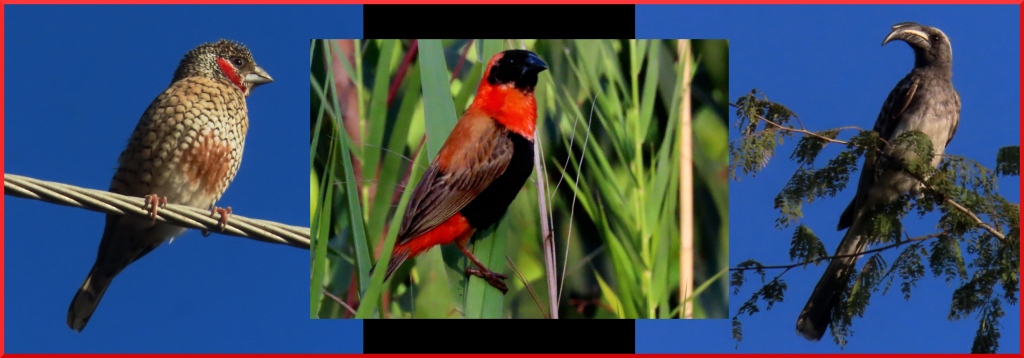
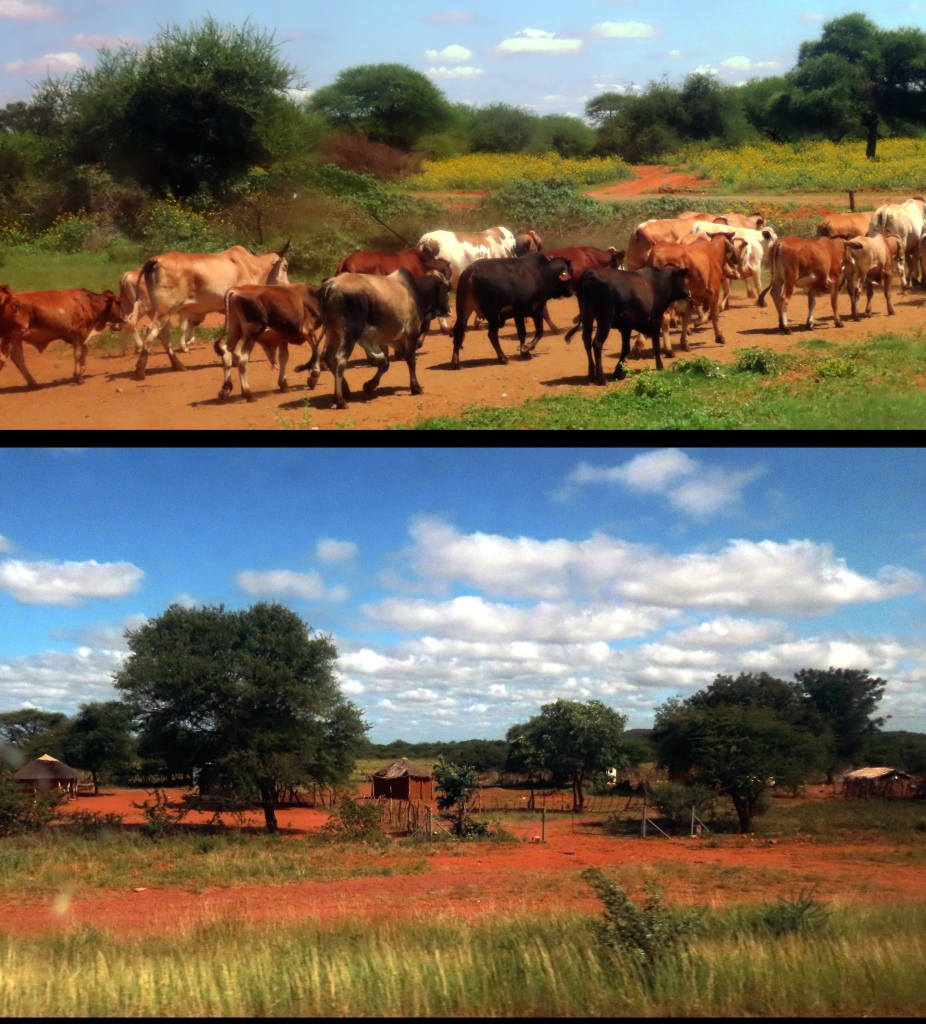


After a long walk to downtown we saw a cool, shady plaza where we sat down and rested. But a guard told us we were not allowed to be in the plaza because of Covid! This was in full view of street sweepers enjoying their lunch break under the shade nearby.

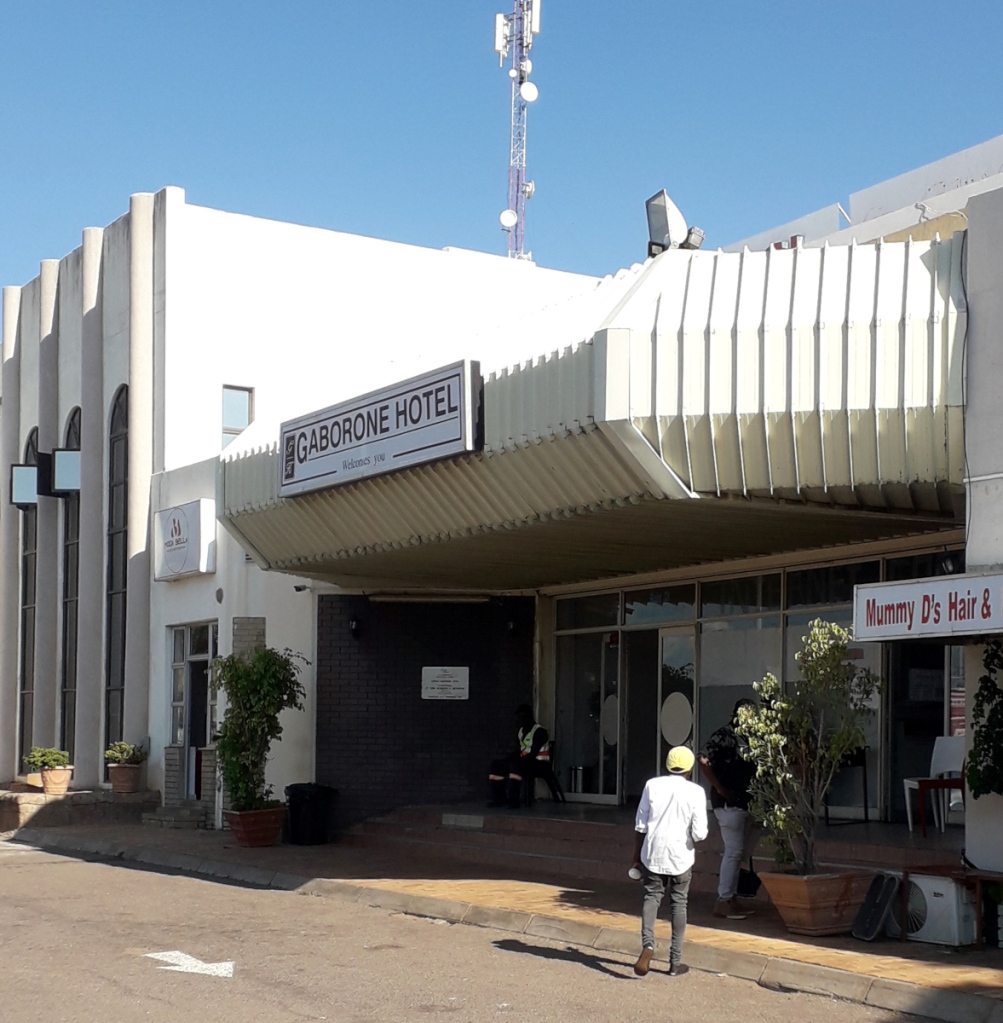

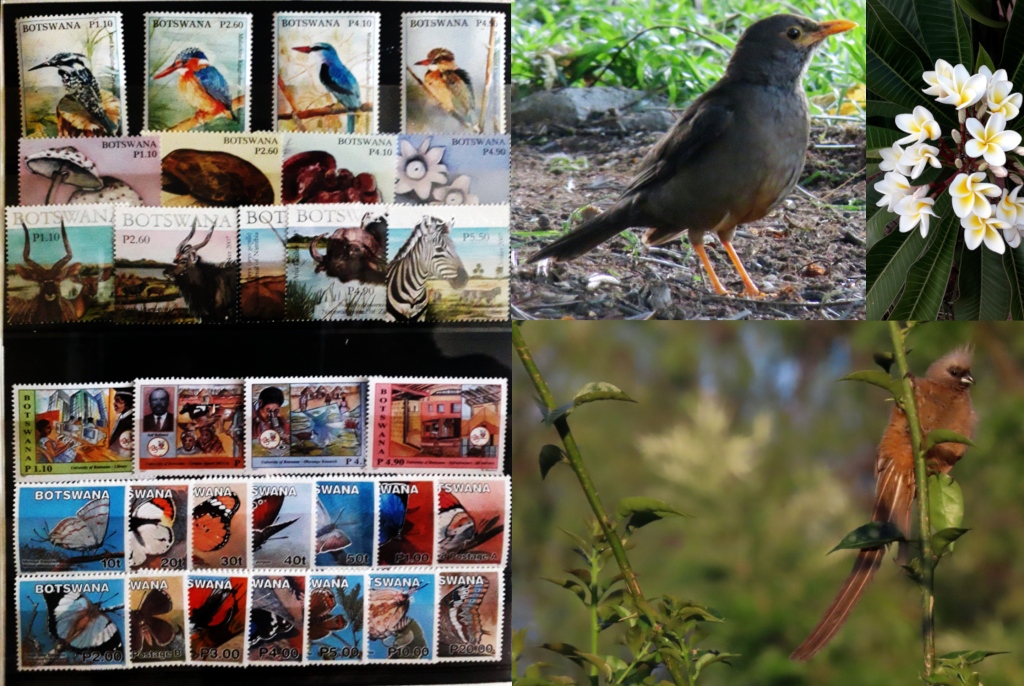
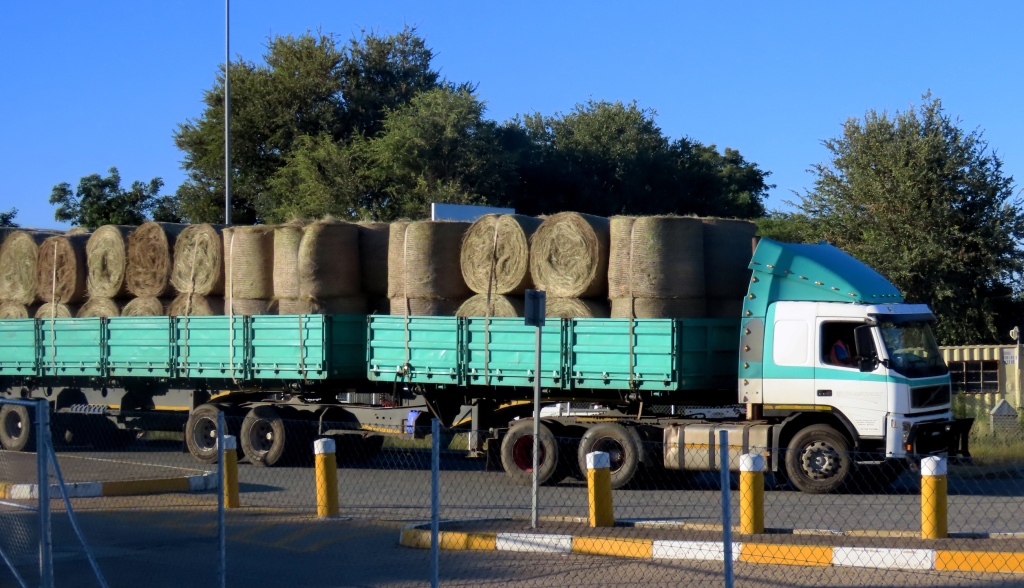
Welcome to South Africa!
Well… it was not really the kind of welcome that we wanted. But that is another story.




